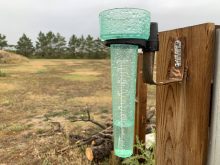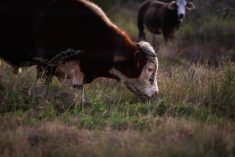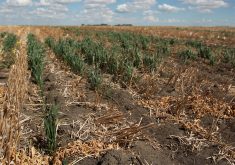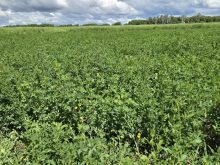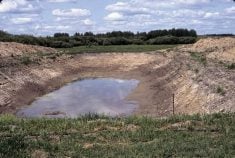Drought conditions improved throughout Western Canada in August, particularly the southern Prairies, which received significant moisture.
The welcome rain improved soil moisture, water supplies and growing conditions.
“During the year, we saw extremely dry conditions in both southern Alberta and southern Saskatchewan, leading to some regions declaring agricultural disasters fairly early this season. Those regions that are under agriculture disaster have improved significantly in southern Saskatchewan and southeastern Alberta,” Trevor Hadwen, an agri-climate specialist with Agriculture Canada, said in his latest drought monitor report.
Read Also

Manitoba extends Crown land rent freeze
Manitoba government links the continued rental rate freeze on grazing and forage leases to economic and environmental challenges facing the industry
“Those regions have received significant moisture throughout the summer and improvement to areas that are just at a moderate drought condition. Most of that region has seen tremendous amounts of rain fall throughout July and August and really improved the soil moisture. That’s not to say the agricultural crops have improved. The damage was done in June for most of those agricultural crops. Certainly yields will still be very low throughout many of those regions.”
However, the increased precipitation, which also included southern Manitoba, didn’t move the needle in overall Prairie drought conditions, considering how dry it has been in the northern parts of the region.
“We’re seeing very dry conditions continue through the Peace River region of Alberta, some very dry conditions through northern Saskatchewan as well as much of Manitoba, (which) is seeing extremely dry conditions. This last month, we are seeing a continuation of large pockets of exception or extreme drought conditions, especially in the Interlake area of Manitoba,” said Hadwen.
August’s moisture provided welcome relief, but the long-term drought is still affecting water supplies, feed availability and pastures and likely won’t be beneficial until next spring.
Moving further west into British Columbia, August precipitation has been a mixed bag, resulting in both improvement and degradation of drought conditions.
The province has seen really dry conditions through central and south-central pockets of the province, with some improvement along the coast and northern regions.
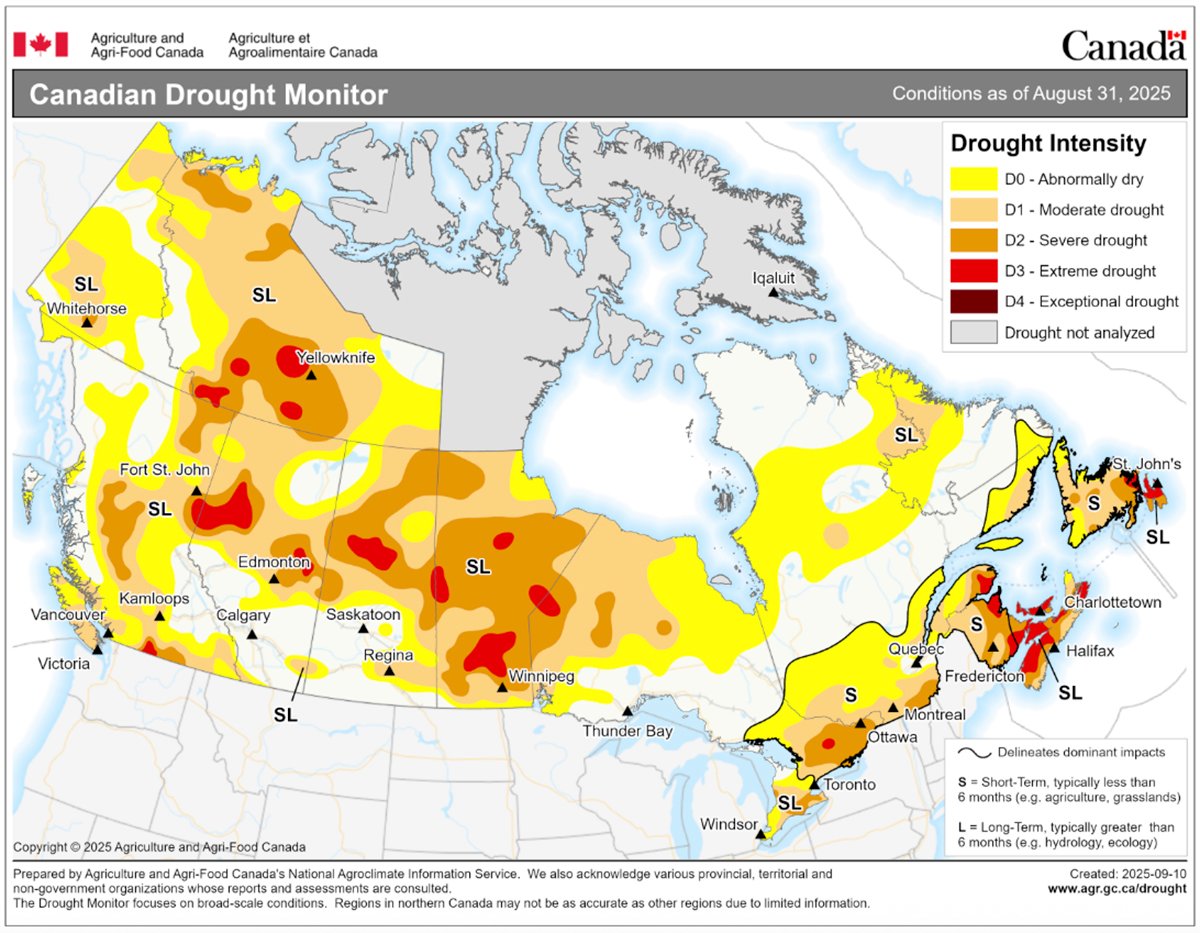
“The biggest agricultural concerns at this point are for feed and feed availability and hay production. Much of the region is still seeing very dry conditions through the post production regions, and we’re seeing lower-than-normal production of feed and hay supplies,” said Hadwen.
“For the livestock industry, we’re expecting some shortages and some challenges with feed availability, as well as the hay that is required for the livestock industry. In terms of the traditional crops and some of the horticultural crops, we’re seeing less impact there. The fruit crops have had a fairly good year.”
Environment and Climate Change models indicate warmer than normal conditions right across the entire country for the fall period, especially throughout southern and coastal B.C. and parts of Atlantic Canada.
Along with the warmer temperatures, normal precipitation is expected for B.C. and southern Alberta.
“However, the warmer-than-normal conditions might lead to less snowpack earlier in the fall and result in concerns for drought for next spring,” said Hadwen.
For more information, visit www.agr.gc.ca/drought.




